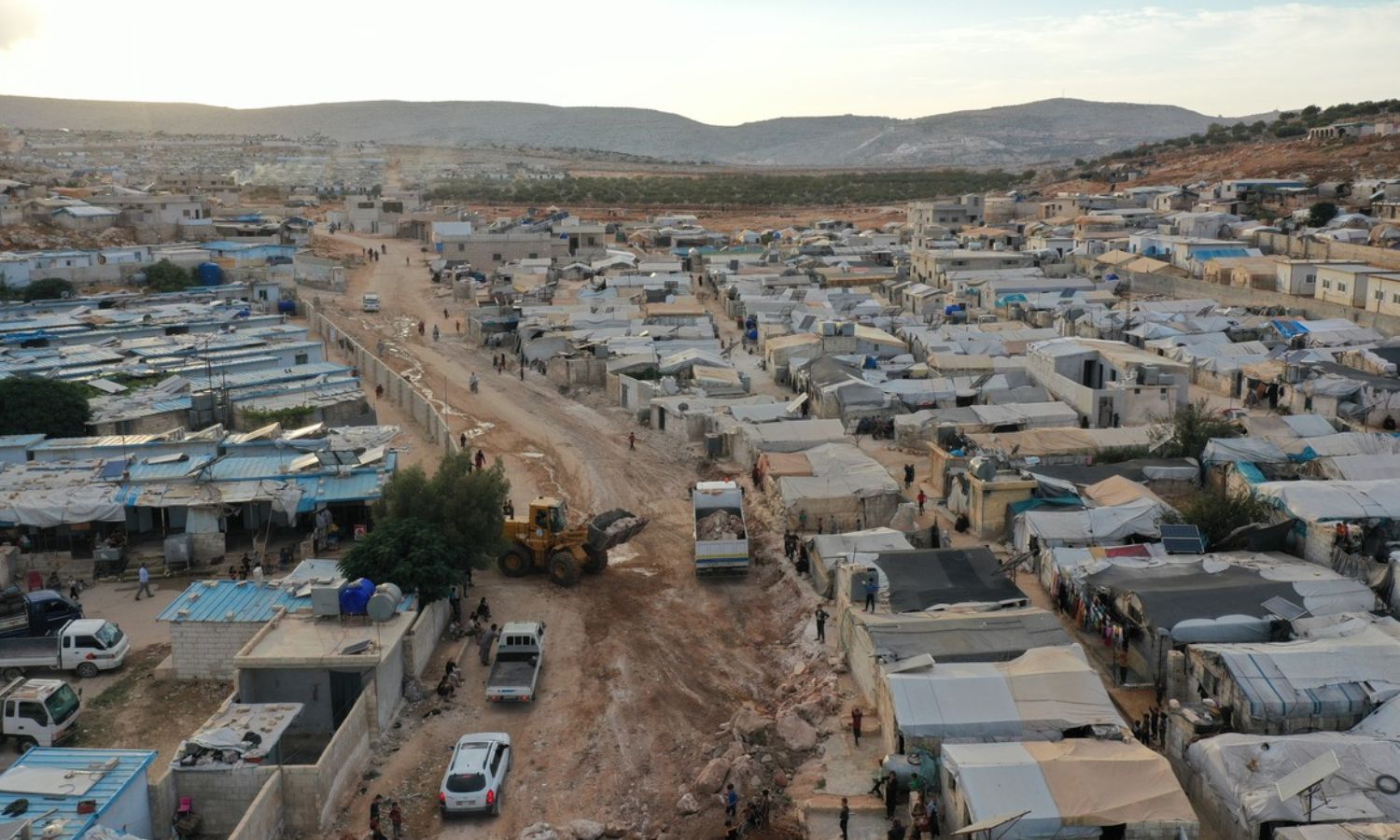



The United Nations Office for the Coordination of Humanitarian Affairs (OCHA) has issued its annual report on its response to humanitarian plans worldwide for 2023. The funding percentage of the Regional Humanitarian Response Plan in Syria reached 23% during the current year.
According to the report released today, Monday, December 11, the funding percentage for the current year’s humanitarian response plan reached 33%. Among the 15.3 million people classified by the United Nations as in need in Syria, the plan targeted 14.2 million people, with funding needs totaling $5.4 billion. However, the actual funding only reached $1.8 billion during the current year.
Regarding the Regional Humanitarian Response Plan for Syria, which includes Syrians in Syria and neighboring countries, the funding percentage for the Syrian humanitarian plan (23%) ranked seventh overall this year out of the UN humanitarian office’s nine regional plans, preceded by Venezuela and South Sudan. This indicates a decline in support for the Syrian humanitarian crisis.
In contrast, the funding percentage for the Urgent Humanitarian Appeal launched by the United Nations after the earthquake disaster in northern Syria and southern Turkey in February reached 99%, with an amount of $392 million out of a total target of $397 million.
The UN’s Under-Secretary-General for Humanitarian Affairs and Emergency Relief Coordinator, Martin Griffiths, described the current humanitarian crisis as “another year filled with overwhelming challenges.” He stated, “At the beginning, devastating earthquakes struck Syria and Turkey, followed by a fierce conflict in Sudan in April, which left millions of people in despair and suffering. Then, in October, a catastrophic war erupted in the Palestinian territories.”
After the earthquake disaster and with humanitarian needs reaching record levels, along with the closure of the Bab al-Hawa border crossing, the only entry point for UN aid into Syria, OCHA “negotiated” with the Syrian government to open additional crossings for aid delivery, even though it does not control these crossings. This approach was referred to as “humanitarian diplomacy.”
When the authorization granted by the Security Council to deliver UN aid through Bab al-Hawa crossing to northwestern Syria expired, the UN office reached “bilateral understandings to ensure its continuity” with the Syrian government, which does not control the crossing as well.
There are 32.5 million Syrians in need of humanitarian assistance inside Syria and neighboring countries. The OCHA report mentioned that in Syria, the World Food Programme (WFP) was forced to reduce food supplies by half, and the number of people receiving assistance went from 5.5 million in the first half of the year to 3.3 million by November. The WFP estimates that every 1% decrease in food assistance threatens to push over 400,000 people toward the “brink of famine.”
The number of refugees around the world reached a “record level,” surpassing 36.4 million refugees, more than half of whom come from Syria, Afghanistan, and Ukraine.
According to the report, the humanitarian response plan for Syria in 2024 will focus on addressing the most urgent humanitarian needs while highlighting the urgent need for a complementary development response.
The United Nations stated that the number of people in need in Syria has reached 15.3 million, with its plan for the coming year targeting 13 million people, with funding needs amounting to $4.4 billion. As for the Regional Humanitarian Response Plan for 2024, out of a total of 17.2 million people in need of assistance, United Nations agencies aim to assist 9.9 million people, with funding needs of $5.5 billion.
On a global level, the United Nations announced its need for $46.4 billion for the coming year to provide humanitarian assistance to 180.5 million individuals in dire need.
The organization warned of a “bleak” humanitarian situation worldwide in 2024, noting that conflicts, climate emergencies, and economic downturns are “devastating” for vulnerable individuals. Failure to provide funding could result in them paying the price “with their lives.”
if you think the article contain wrong information or you have additional details Send Correction